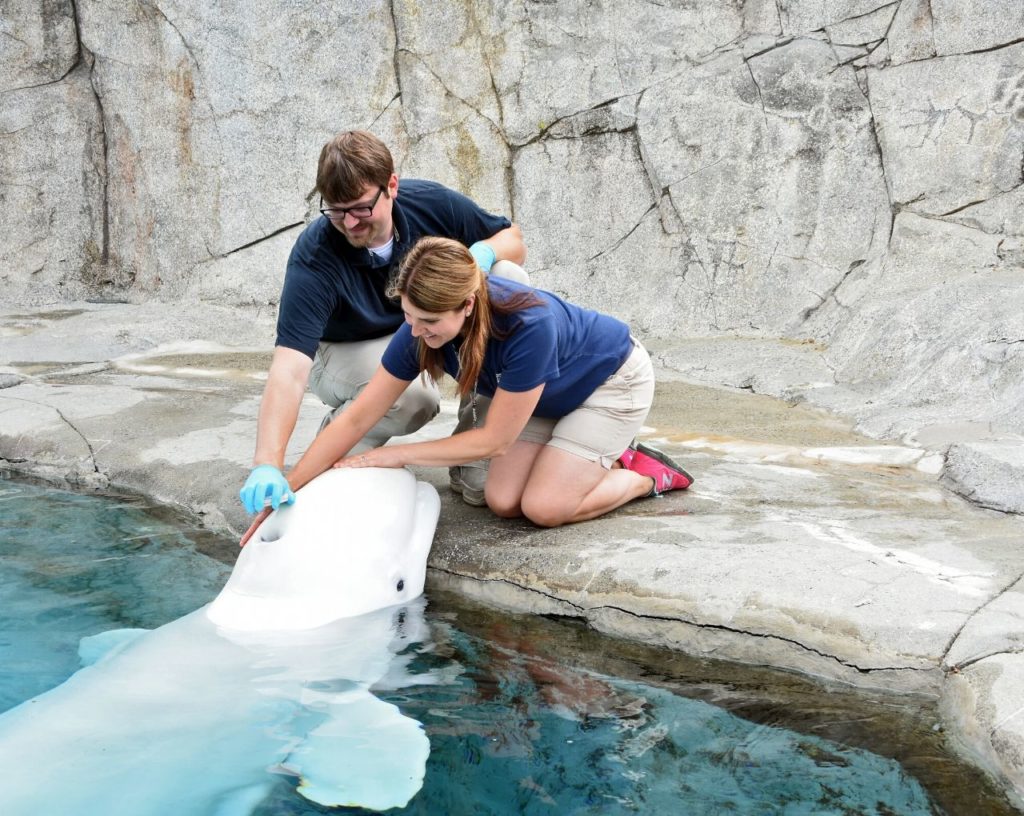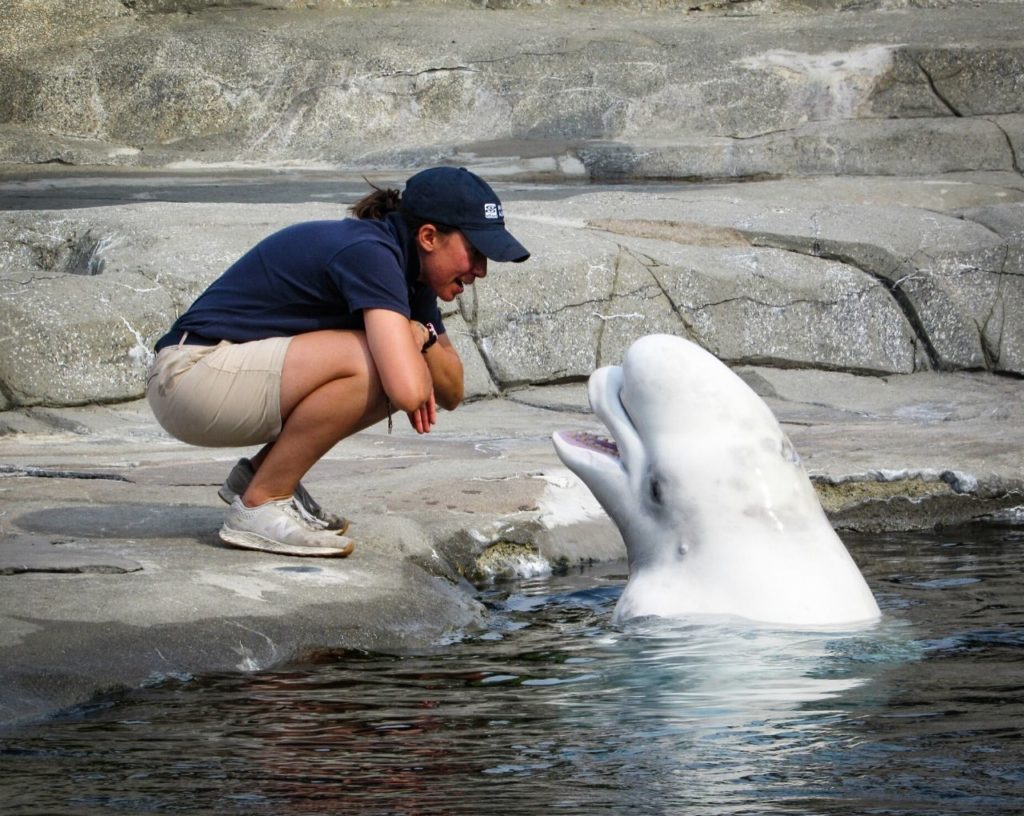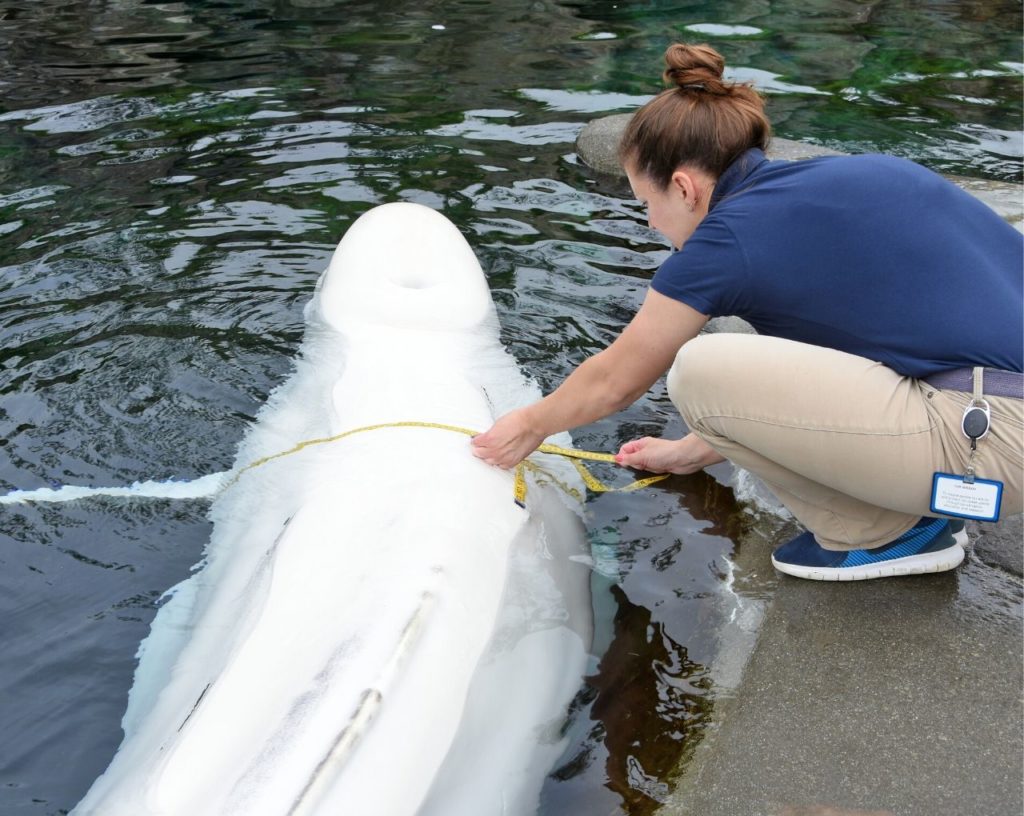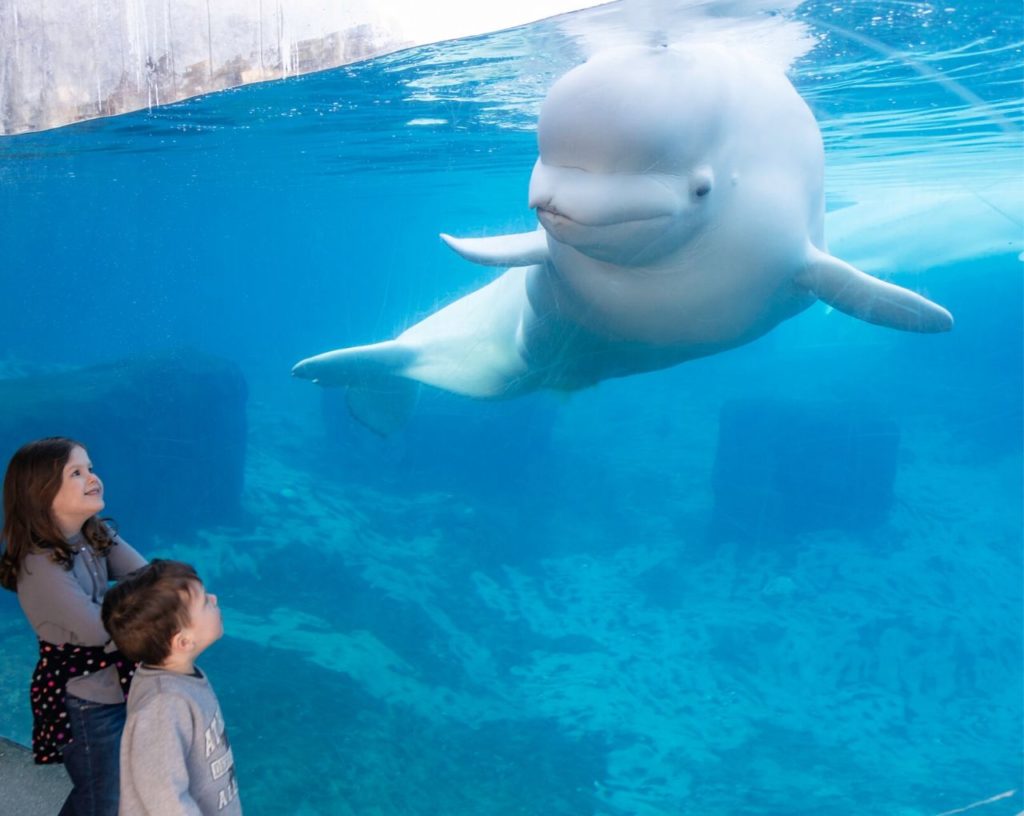
Just yesterday, legislators in Connecticut introduced a bill that would outlaw cetacean captivity in the state, which would directly affect Mystic Aquarium, one of the world’s most renowned zoological and research institutions. Earlier this year, a legislator in California introduced a bill that would extend the state’s existing ban on orca breeding and captivity to all cetaceans, including dolphins and pilot whales. The proposed bills would allow existing facilities to keep their animals for the remainder of their lifetimes, but those facilities would not be able to breed or import more animals. These bills are bad for conservation because they impede research studies, are not based in peer-reviewed science, and will hurt the future of marine mammals, and consequently, our planet.
The research that zoos and aquariums such as Mystic Aquarium perform is necessary for the protection of wild whales and other oceanic animals. Among its numerous research projects, Mystic Aquarium is investigating beluga hearing and the potential impacts of marine sound on the wild populations. The aquarium is also developing non-invasive techniques to assess health in wild beluga populations. These kinds of research studies would not be possible to conduct in a wild setting, yet the outcomes from these studies have a direct benefit to wild cetaceans. The proposed bill would prevent many forms of cetacean research, including the transport of genetic material for study and any research studies involving whale reproduction, which is especially critical in declining populations, such as the Cook Inlet Beluga population.

So then, why is there a sudden push for state legislatures to try to outlaw marine mammal captivity? As zoos and aquariums continue to grow in popularity, Animal Rights Activists have resorted to attempting to change government regulations in order to damage the zoological industry, and potentially end the concept of marine mammals in human care forever. It is clear that these recent bills were heavily influenced by activists since the press releases contain the same unscientific ideas that have been circulated for decades.
Animal Rights Activists claim that captivity is bad for cetaceans. They assert that enclosures do not offer cetaceans the space, stimulation, or freedom to lead healthy lives. They also claim that life in captivity significantly reduces the lifespans of whales and dolphins. However, multiple peer-reviewed, scientific research studies do not support this statement. Whales and dolphins do thrive in human care, as evidenced by statistically longer lifespans compared to their wild counterparts. A recent study (Jaakkola et al.) examined the survival rates of dolphins over time, both in captivity and in the wild. In addition to demonstrating that bottlenose dolphins in zoological facilities have the same, if not longer lifespans than their wild counterparts, the study also provided evidence that the average survival rates of dolphins in human care continue to increase as husbandry methods improve. Another study of orcas in human care (Robeck et al.) concludes that there are no significant differences between the lifespans of orcas in the wild compared to orcas in captivity. There is no research that suggests that the lifespan comparisons of beluga whales are different from those of bottlenose dolphins and orcas. As the zoological industry refines its veterinary practices, the lifespans of cetaceans in its care continue to rise. Although anti-captivity scientists insinuate that cetaceans in human care are not thriving, they are yet to produce quantitative data that supports their position.

A recent trend seen from multiple anti-zoo organizations such as PETA is self-published reports that allegedly detail the horrors of the zoo and aquarium industry. For example, PETA veterinarian Heather Rally released a “scathing” report of SeaWorld’s dolphins shows in 2019. However, it is important to realize the difference between a peer-reviewed article, which is evaluated by a group of scientists, and a self-published report, which has no external review. The PETA report is riddled with scientific errors, ones that would normally be caught if it was reviewed by an actual expert in cetacean biology. For example, Rally’s report states that markings on dolphins are unnatural and caused by the stresses of captivity. However, these ‘rake marks’ are seen both in human care and the wild since they are a form of physical communication used by dolphins. Self-published reports like these should not be taken at face value because they often contain unsubstantiated and misleading claims.
When anti-zoo activists lack the scientific evidence to back up their claims, they make up for it with emotional hit-pieces. The film Blackfish used this tactic excellently. The film completely fabricated a scene to make it look as if an orca was ‘crying’ as it was separated from its calf. In reality, though, the producers took a video of an orca and overlaid it with distressing sounds to make it seem as if the orca was vocalizing. Activists continue to use this tactic by publishing misleading images of cetaceans in human care. Whether it’s editing the photo of a baby orca to look as if it was dying or only showing one pool of a whole dolphin facility, activists continually try to misrepresent the care that zoological teams provide to their animals.

Activists argue that whales and dolphins would be much happier in the ocean, but they neglect to consider the unprecedented amount of pollution and human interference that wild animals face. According to the International Whaling Commission, over 300,000 whales and dolphins die annually due to entanglement in fishing gear, and others are also trapped in marine debris. Free-ranging cetaceans also face threats such as pollution, while cetaceans in human care have filtered enclosures that are constantly monitored for water quality.
Animal rights activists encourage the complete transition of the world’s captive cetaceans to seaside ‘sanctuaries,’ but the fact remains that not one permanent seaside sanctuary exists in North America, nor has a feasible location been located for one. Three years ago, the National Aquarium committed to sending its dolphins to a seaside sanctuary and has been in the process of searching for a location ever since. However, they have been unable to find a suitable location. According to the aquarium’s CEO, not one of the 50 sites the aquarium surveyed is suitable for a permanent cetacean sanctuary. Fierce storms, algal blooms, and climate change have made the search virtually impossible. Activists have also been unable to come up with the millions required to construct the habitat in the first place, not to mention the hundreds of thousands of dollars it would take to maintain such an enclosure annually.

In conclusion, we urge both the Connecticut and California legislatures to reject Raised Bill 5341 and Senate Bill 1405. These bills would not increase welfare standards for the animals that are currently in human care and blatantly disregard the vital research studies conducted by zoos and aquariums that improve the lives of wild cetaceans. If zoological facilities cannot continue to house cetaceans, it would have disastrous results for both animals that need to be rescued and the future generations of conservationists. If cetacean exhibits go extinct, rescued animals would have nowhere to be housed, which would mean that they would have to be euthanized. Rescue programs like those conducted by Mystic Aquarium and SeaWorld give us the opportunity to directly help the animals that are hurt by human interference. However, rescue programs cannot be successful or reliable without cetaceans in human care. If cetacean exhibits are completely phased out of zoological institutions, there will be no more enclosures left to shelter the thousands of marine mammals that are rescued every year.
These anti-captivity bills do not consider the effect that banning cetaceans would have on future generations of advocates for our planet. Zoos and aquariums around the world produce the conservationists of tomorrow by allowing people to make meaningful connections with animals. Many zoo professionals and researchers would tell you that their passion for working with animals was ignited during a trip to a zoo or aquarium. If our kids grow up without ever seeing a dolphin or whale close-up, will they even care about what happens to those animals in the wild? People tend to care about the things that they can see, touch, and interact with. Nothing compares to seeing a whale or dolphin in-person and making a personal connection with an animal. Given the rapid rate of extinction of cetaceans in the wild, we should be more concerned about inspiring people to care, not taking away these sources of inspiration.
We encourage everyone to speak out against these bills. You can help oppose the Connecticut legislation by clicking here and writing a letter to the committee evaluating the bill. The deadline is tomorrow, March 5th, at 12 pm.






